Mangrove Alliance For Climate

Launching the Mangrove Alliance for Climate
Building on global efforts to promote biodiversity and shining a spotlight on nature-based solutions, the Mangrove Alliance for Climate (MAC), which is spearheaded by the United Arab Emirates in partnership with Indonesia, will promote mangroves as a nature-based solution to climate change. MAC was launched at COP27 on the 8th of November 2022, in the presence of representatives from the global community.
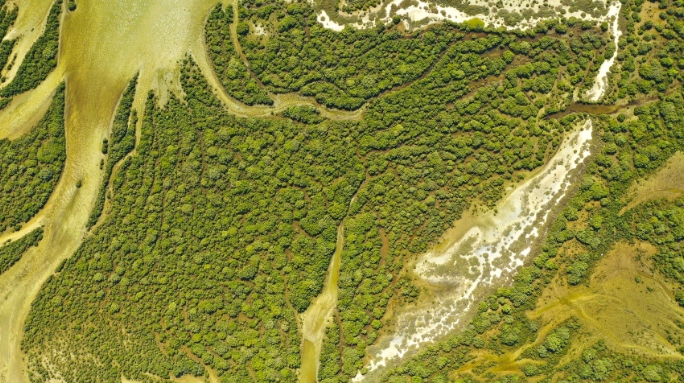

Aim & Objectives
The MAC seeks to scale up, accelerate conservation, restoration and growing plantation efforts of mangrove ecosystems for the benefit of communities globally, and recognize the importance of these ecosystems for climate change mitigation and adaption. Specifically, the members commit to plant, rehabilitate and restore mangroves within their country; as well as supporting others to do the same.
Demonstrate collective commitment to nature-based climate solutions through mangrove protection and plantations.
Amplify ecosystem services from mangroves to mitigate and combat climate change through innovation and research.
Enhance the protection of mangrove ecosystems at a global level through scientific, social, and economic studies.
Encourage social and private sector philanthropy approach to support the efforts of blue carbon solutions and plantation efforts of mangroves.
Amplify global efforts to achieve the international climate agenda.
Initiatives

The UAE Mangrove Soil Carbon Sequestration Project is a follow up to the National Blue Carbon Project, commissioned by the Abu Dhabi Global Environmental Data Initiative ( on behalf of the Environment Agency Abu Dhabi ( This project provides a trial to test determination of mangrove soil carbon sequestration rates across the Emirates using radiometric dating techniques This and prior projects improve understanding of carbon storage and the other services that coastal and marine Blue Carbon ecosystems provide across the United Arab Emirates.
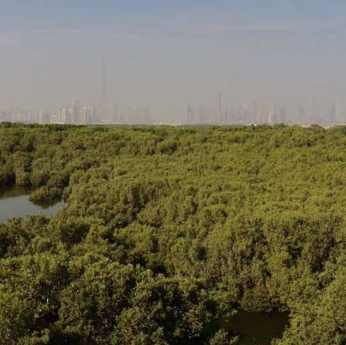
The overall goal is to better understand the near-term vulnerability of the UAE given changes in climate and human use in the coastal zone. The outputs of the effort represent a contribution to the development of a national framework on near-term coastal zone planning, policy, and information dialogues regarding climate change. There are three major objectives: (1) Acquire the various types of physical databases necessary as inputs to a CVI; (2) develop the coastal vulnerability index for the entire UAE coastline to identify those portions at highest risk from climate change and illustrate the nature of that risk; and (3) develop an interactive “CVI Inspector” tool to visualize the results of the assessment for subsequent use in near-term coastal management and planning at the emirate and national levels.
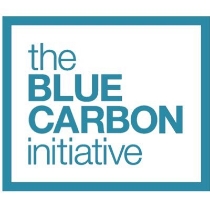
‘Blue Carbon’ refers to the functional attributes of coastal and marine ecosystems to sequester and store carbon. Blue Carbon ecosystems of the UAE include mangrove forests, salt marshes and seagrass beds. Another potential Blue Carbon ecosystem identified as a result of this project is cyanobacterial “bluegreen algal” mats (hereafter referred to as algal flats). When these ecosystems are destroyed, buried carbon can be released into the atmosphere, contributing to climate change. In addition to their climate-related benefits, Blue Carbon ecosystems provide highly valuable ‘Ecosystem Services’ to coastal communities; they protect shorelines, provide nursery grounds for fish and habitats for a wide range of terrestrial and aquatic species, and support coastal tourism. They also have significant cultural and social values.
Partners

Argentina
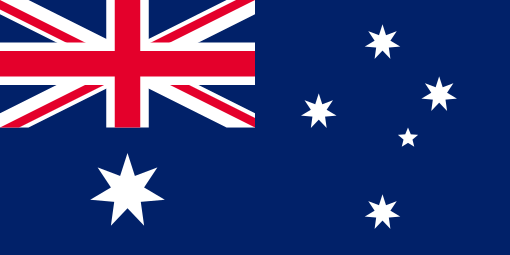
Australia

Bahrian

Bangladesh
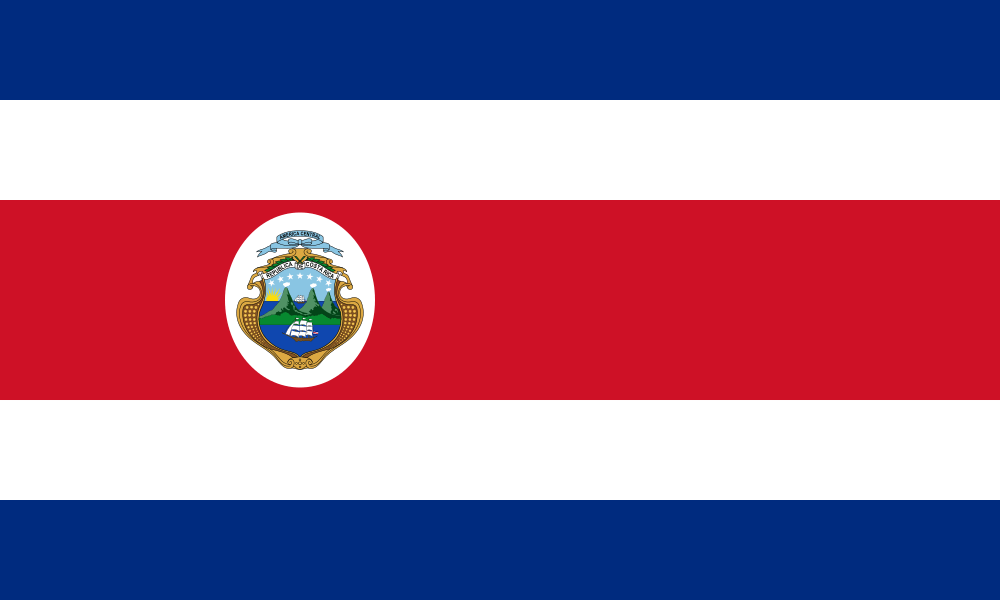
Costa Rica

Belgium

Chile

China

Cuba

El Salvador

Brazil
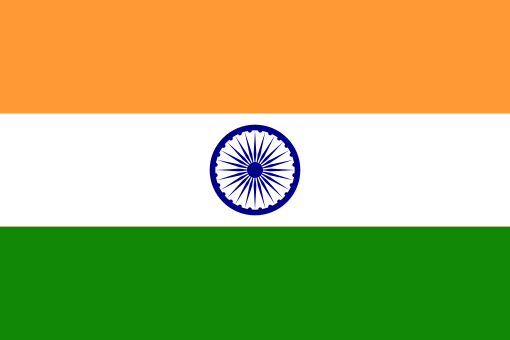
India

Mauritius

Jamaica
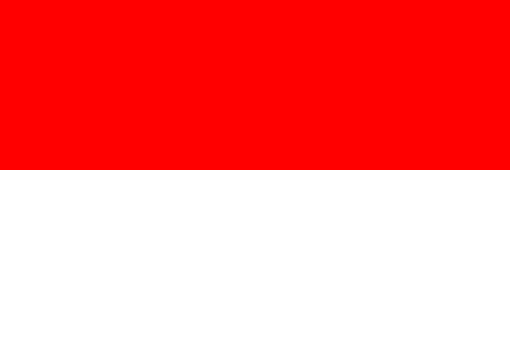
Indonesia

Japan

Kuwait

Pakistan
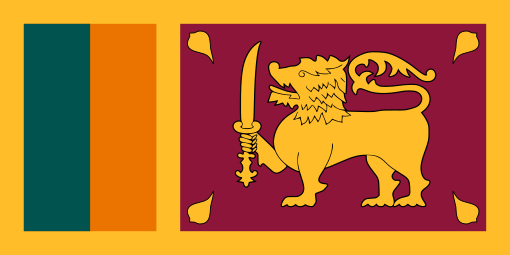
Sir Lanka

Mexico

Mozambique

Norway

Maldives
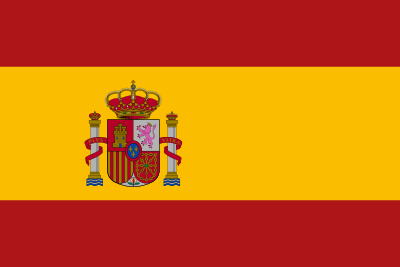
Spain

Palau

Panama

Morocco
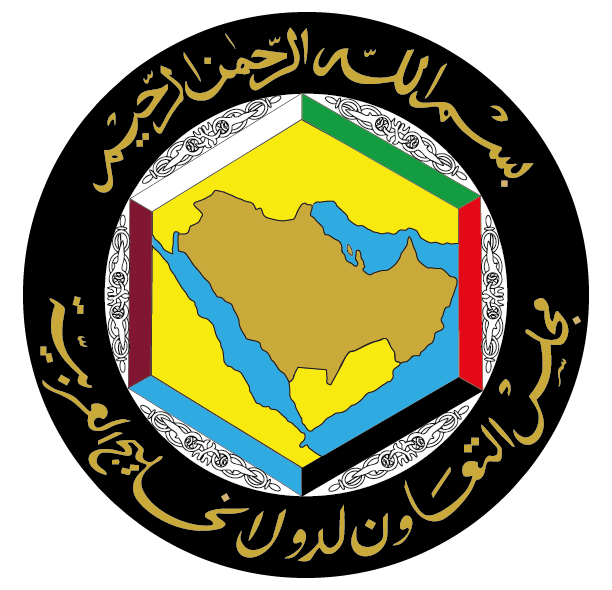
GCC Secretariat

Peru

Philippines
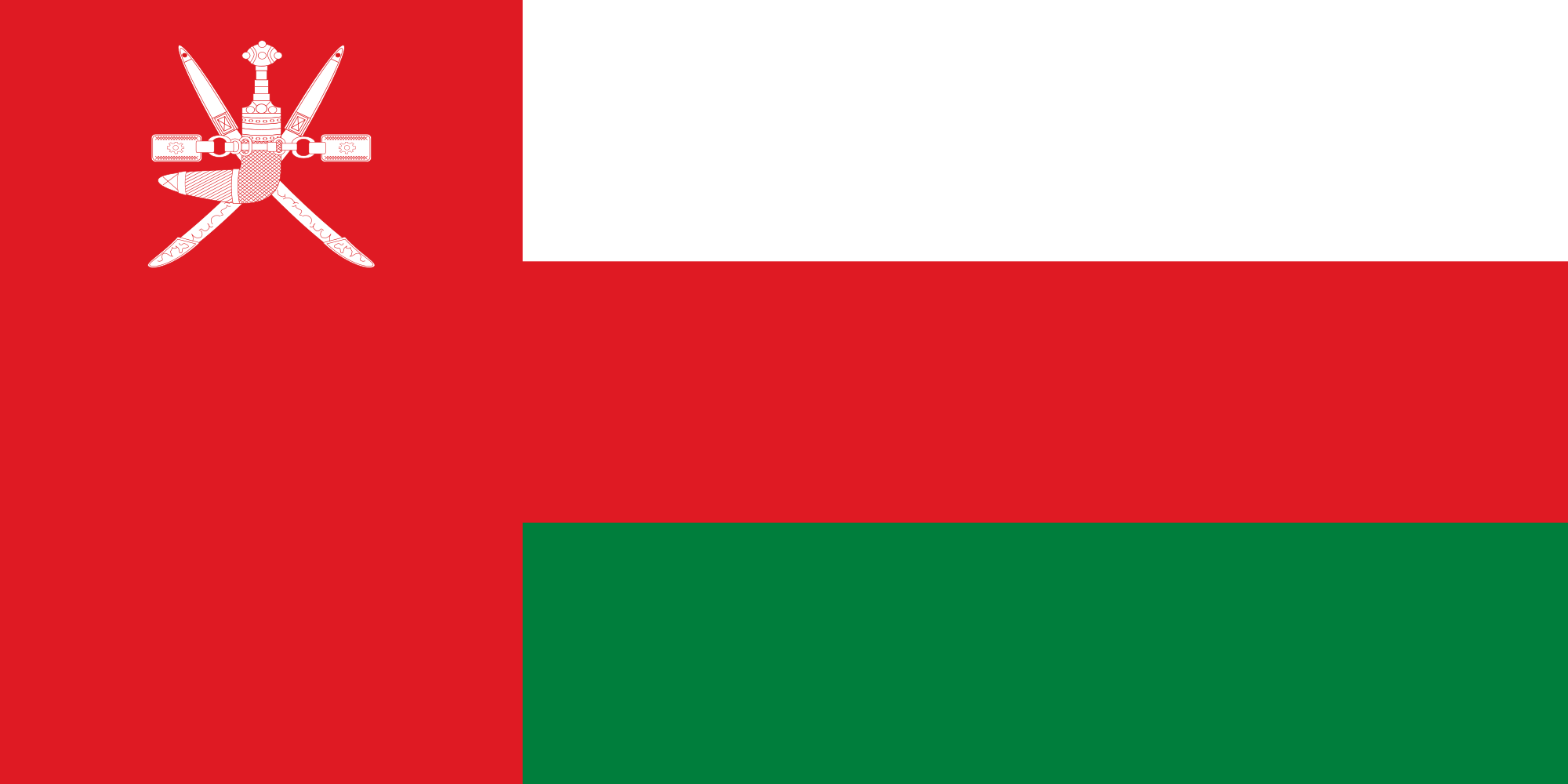
Oman

Qatar

Russia

Germany

France

Sierra Leone

South Korea

Turkiye

United Kingdom

United Arab Emirates

Venezuela

